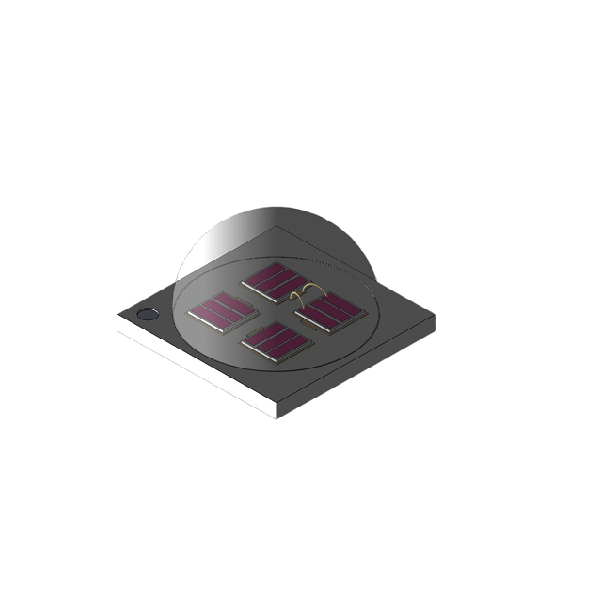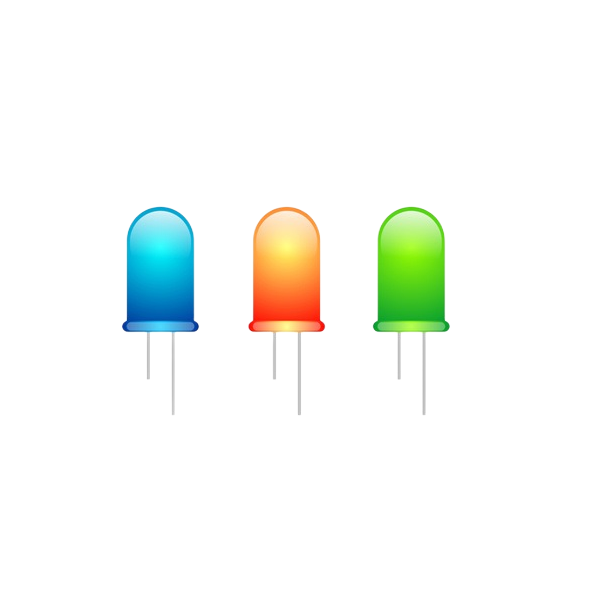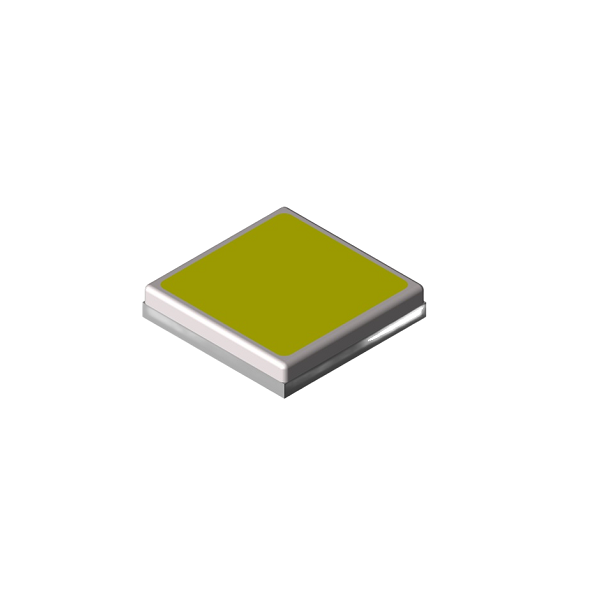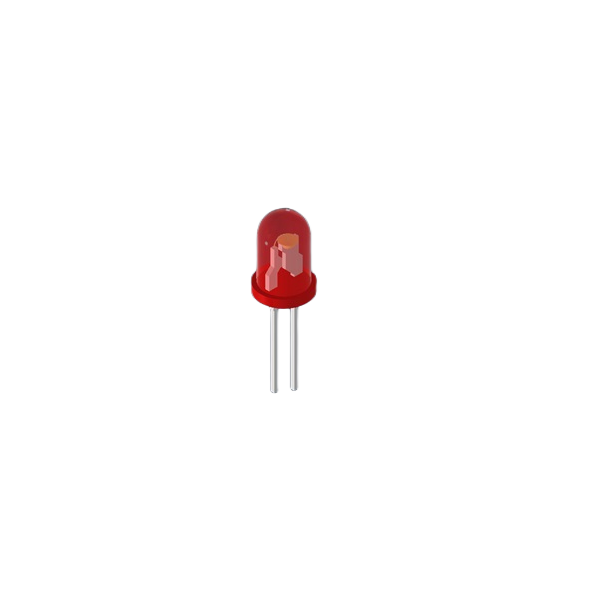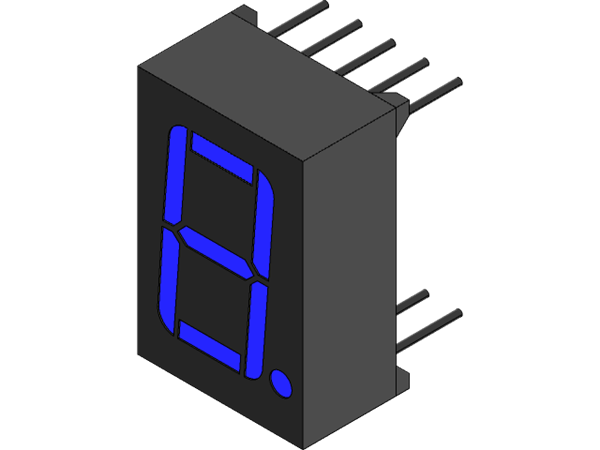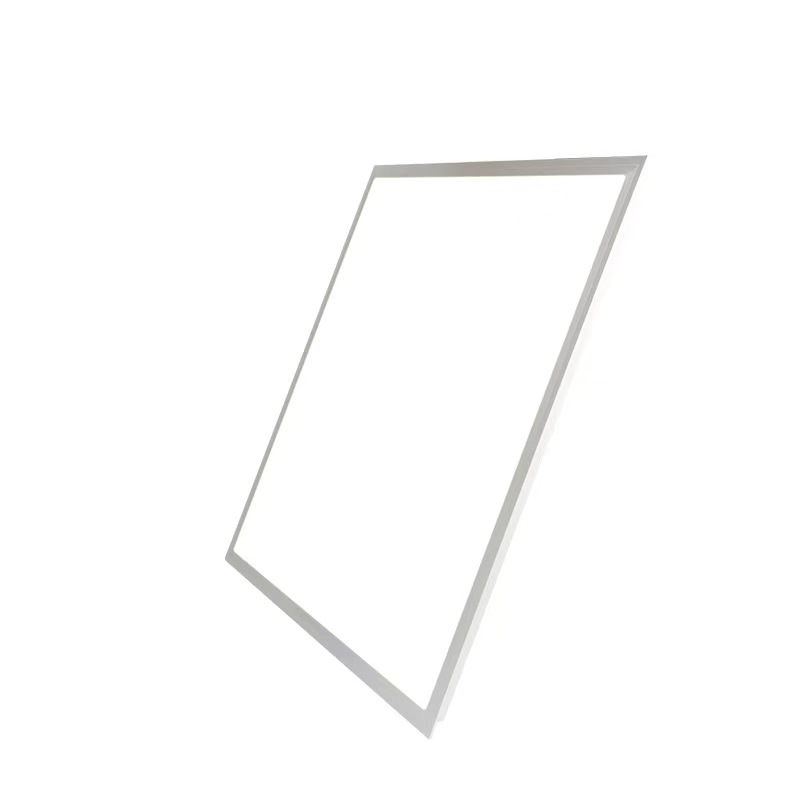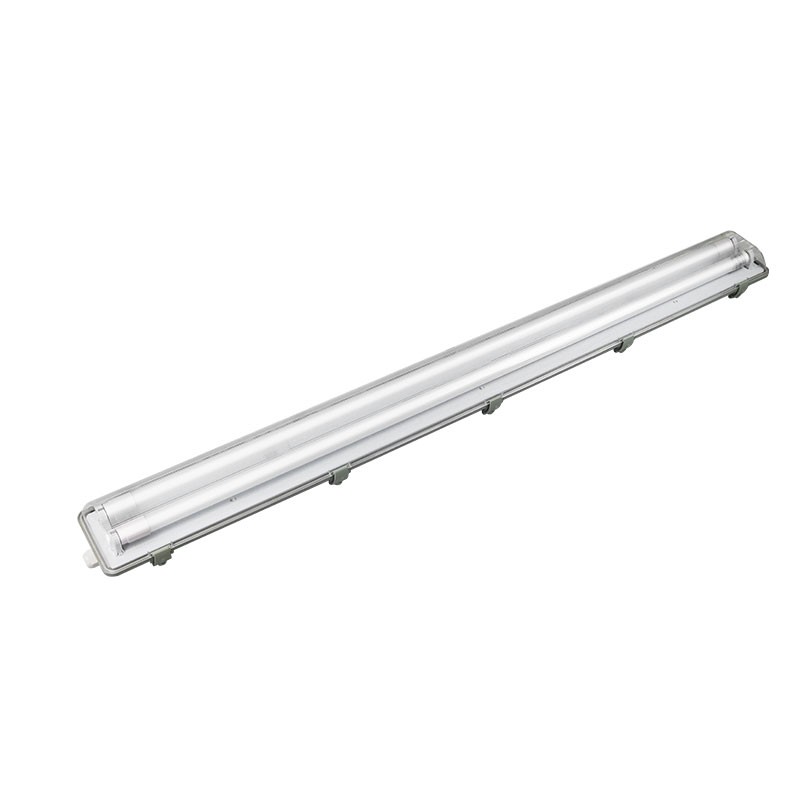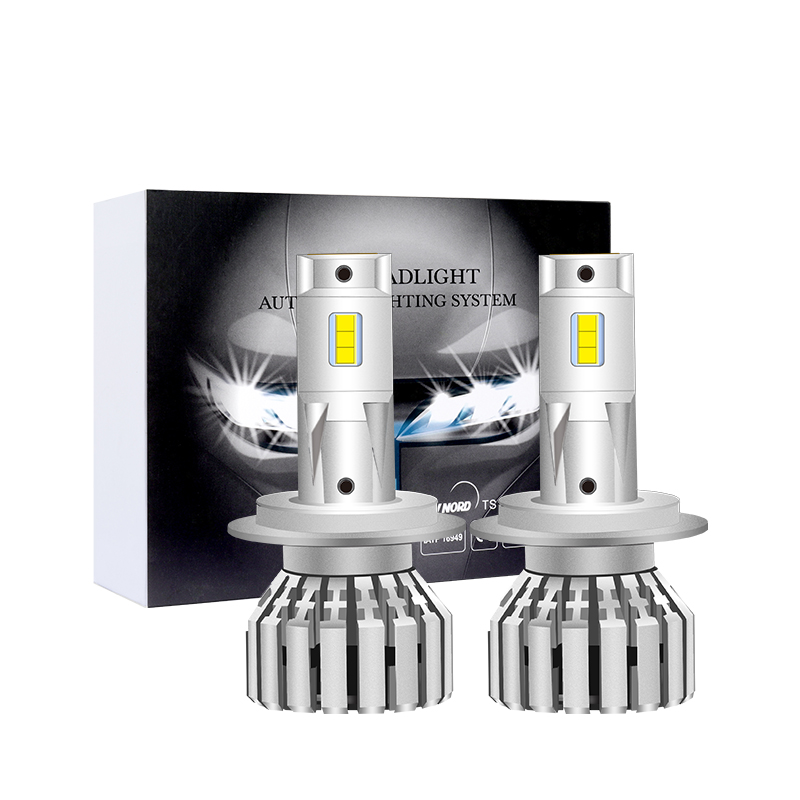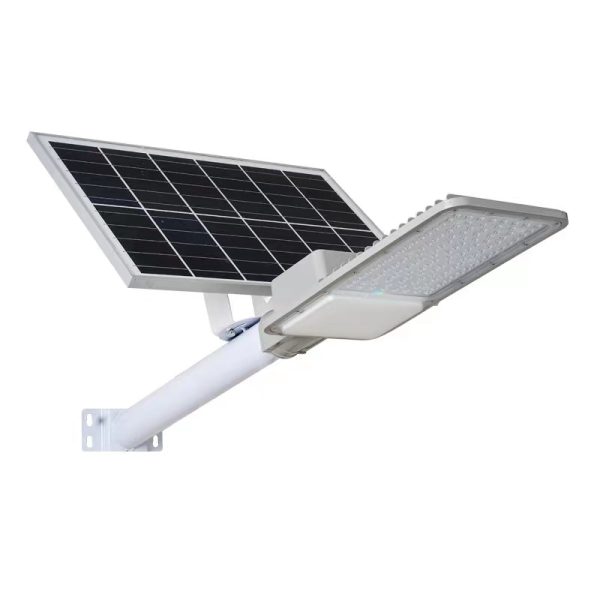High-power LEDs refer to light-emitting diodes with high rated working power. The power of ordinary LEDs is generally 0.05W, and the working current is 20mA, while high-power LEDs can reach 1W, 2W, or even tens of watts, and the working current can range from tens of milliamperes to hundreds of milliamperes.
Working Principle
Light-emitting diode (LED) is a solid-state device that can convert electrical energy into light energy. Its structure is mainly composed of PN junction chips, electrodes and optical systems.
The basic working principle of LED is a process of electro-optic conversion. When a forward bias voltage is applied to both ends of the PN junction, due to the reduction of the PN junction potential barrier, the positive charges in the P region will diffuse to the N region, and the electrons in the N region will also flow to the N region. The P region diffuses, forming a non-equilibrium charge accumulation in the two regions at the same time.
Since the minority carriers generated by current injection are relatively unstable, for the PN junction system, the non-equilibrium holes injected into the valence band will recombine with the electrons in the conduction band, and the excess energy will radiate outward in the form of light. The greater the energy difference between electrons and holes, the higher the energy of the resulting photon. If the energy level difference is different, the frequency and wavelength of the light produced will be different, and the color of the corresponding light will be different.
Comparison of high power and standard power LED products
Simplify the design process
The design process required for standard LED arrays is much simpler than that required for high-power technologies due to considerations that greatly simplify thermal management. In our theoretical example, driving a 1W LED requires 350mA, while a standard array of six LEDs requires only 120mA. High power technology requires the use of heat sinks and metal core PCB boards to ensure that high junction temperatures are avoided resulting in loss of efficiency, reduced lifetime or discoloration.
Because standard LEDs do not require the use of heat sinks, metal core printed circuit boards (MCPCBs), capacitors or resistors, these LEDs are easier to design, test and manufacture. This simplified process not only saves time and money in the production process, but also speeds up time to market.
Cost saving
High-power LEDs require thermal management, which greatly increases the cost of the LED. During the design process, the most expensive addition is the heat sink. Heat sinks can be made from a variety of metal materials, from relatively inexpensive aluminum to more expensive materials that conduct electricity better, such as copper and silver. These expensive materials can lead to an increase in the cost of high-power products by US$1 to US$10, which can be avoided by standard LED devices.
Likewise, high-power LEDs also require the use of MCPCBs as another passive cooling technique to control junction temperature. Because the MCPCB material has better thermal conductivity, these boards dissipate heat more efficiently than the cheaper FR4 PCBs used by standard LEDs. However, its cost can be as high as 5 times the cost of FR4 PCB. Cost savings of up to 60% can be achieved by using cheaper FR4 PCBs, eliminating the need for expensive heat sinks, and simplifying design considerations.
Save space
Standard LEDs are often the best choice when the interior space constraints of a device are very large. As mentioned above, high power LEDs require the additional use of heat sinks and overall space-intensive cooling techniques. Its first task is to create more surface area for cooling by convection and radiation. Larger surface area can help reduce heat more effectively, but it also increases the volume of high-power LEDs. This adds design hurdles for smaller spaces and smaller products.
Standard LED arrays typically do not require the space-consuming drivers, capacitors, and resistors required for high-power LEDs, resulting in space savings of up to 50%. For space-constrained applications, standard LED arrays can provide the same brightness as high-power LEDs while saving space.


